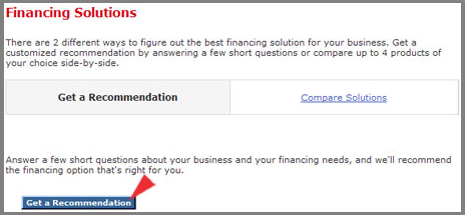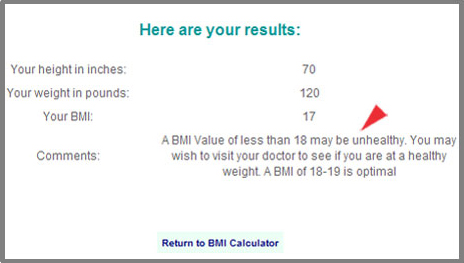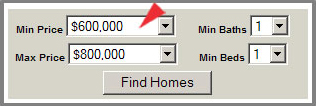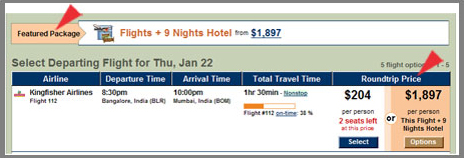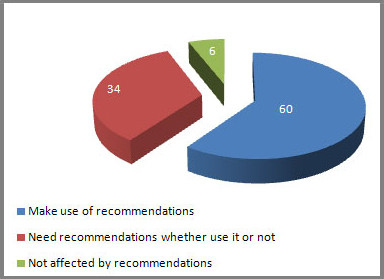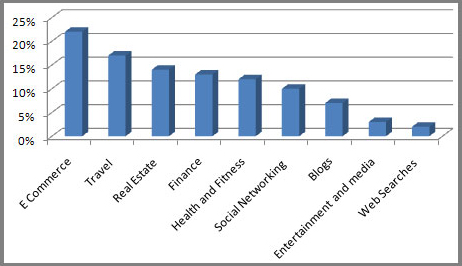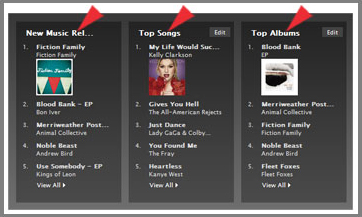Recommending Courses of Action in Desktop Applications
You can provide recommendations in operating systems and desktop applications—for example, when users download applications or set browser preferences. The Windows operating system offers some good examples of recommendations, as shown in Figure 1, where an icon indicates the best choice. The icons in this user interface let users scan their choices and make a quick decision.

Making Recommendations in Web Applications
Provide recommendations when users need to make decisions in Web applications. For example, on an ecommerce site, providing recommendations can enhance your revenues by building service and support into the purchasing process.
Domain Analysis: Where Should You Use Recommendations?
It is especially important to provide recommendations when people need information to complete their tasks. Some scenarios where recommendations are helpful include the following:
- Scenario 1: Looking for information—When people come to a Web site looking for information, they need guidance along the way to help them find the information they need.
- Scenario 2: Shopping—When people come to a Web site to buy something, they might not be clear about exactly what they want or need. You can use recommendations to help them quickly and easily determine their needs. For example, when customers choose items to purchase, based on their choices, you can make recommendations about other products that would likely be of interest to them. They may buy additional products that you’ve recommended.
- Scenario 3: Making decisions—People sometimes need help making decisions online. You can help people see the pros and cons of different options.
A comparative analysis of Web sites and applications in various domains helped my company to understand how users interact with the recommendations those sites offer and what they thought about them. We studied recommendations in the following domains:
- blogs
- ecommerce
- entertainment and media
- finance
- health and fitness
- real estate
- social networking
- travel
- Web search
Blogs
More and more people are using blogs. In addition to any recommendations a blog’s author might make in a blog post, blogs offer features that let bloggers and their readers make recommendations. They can recommend
- blogs
- particular blog posts
- books
- authors
No best practice seems to exist yet in this domain. Most recommendations in blogs let you know what the blogger is reading. For example, Avinash Kaushik’s Web analytics blog Occam’s Razor lists the author’s favorite blogs, as Figure 2 shows.
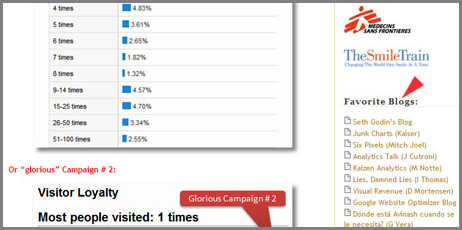
Ecommerce Sites
On an ecommerce Web site like Amazon, there are three typical scenarios in which a user interface needs to make recommendations, as follows:
- A shopper enters a Web site not knowing what to buy.
- A potential shopper comes from a competitor’s Web site, trying to determine whether he wants to make a purchase on your site.
- A loyal customer visits your Web site and knows exactly what she wants to purchase.
In all three cases, providing recommendations helps move your customers forward toward making a purchase. Recommendations can promote your products and services. If you make recommendations based on your customers’ subjective preferences, they can also increase your revenues, as they do on Amazon. Figure 3 shows recommendations on Amazon.

Similar to Amazon, eBay includes many different forms of recommendations to help users locate products and make purchasing decisions. As shown in Figure 4, they include faceted search along the left side of the page. They also categorize items and present them on separate tabs, and featured items appear first in the search results. All of these recommendations help guide users who are looking to buy something, but are not sure about what they want.

Entertainment and Media Sites
Entertainment and media Web sites typically include user-generated content and let visitors upload and download media. In this domain, recommendations help motivate users to explore the content.
Figure 5 shows YouTube, which displays promoted, featured, and most-viewed videos, which are common and prominent forms of recommendation. When users sign in to the Web site, YouTube personalizes the home page and displays search results that are in tune with the user’s prior search and viewing activity on the site. Such customizations are excellent examples of recommendations.
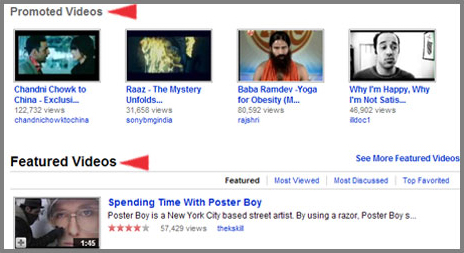
Finance Sites
Finance Web sites and applications use recommendations to sell their products or services and generate revenue.
Figure 6 shows the Citibank site, which helps customers narrow down their credit card options, based on their specified requirements, then makes a recommendation and describes the recommended card’s benefits. This form of recommendation is a simple and effective technique.
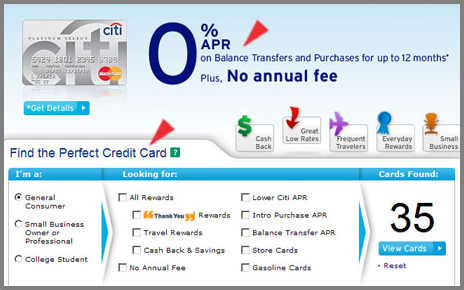
Figure 7 shows how Bank of America provides financial solutions to their customers and prospects. They offer customized recommendations after asking customers a few questions about their current financial status.
